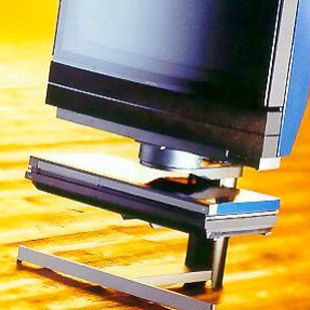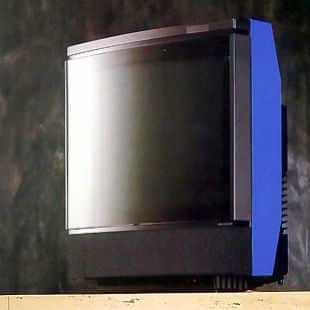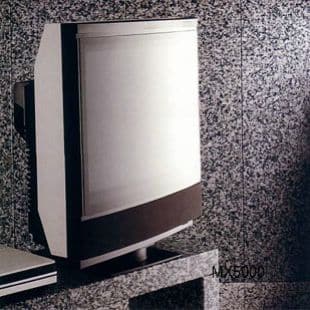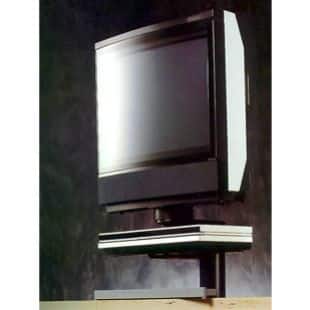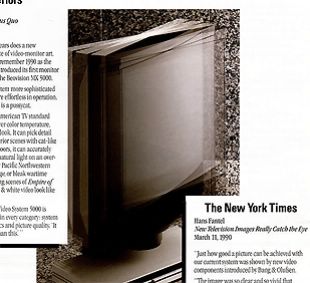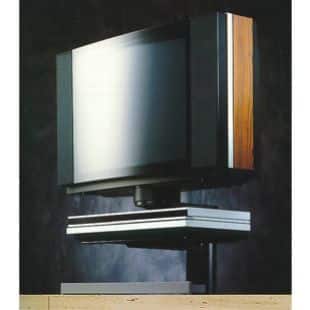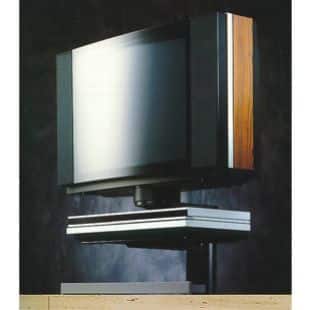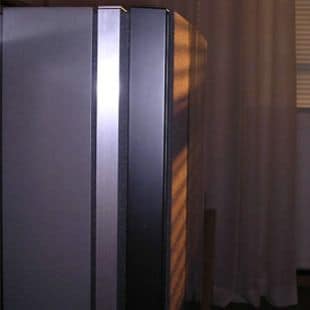LC1 Light Controller

A part of the Bang & Olufsen complete home entertainment solution is the light control system which allows for the adjustment of light-settings of a single lamp, room or entire house with a Beolink® remote control.
You can also program local and global light-settings so that when you press ‘LIGHT’ and ‘1’ on the relevant remote control all the lights in the room adjust to their preset lux-settings which are stored in memory-location ‘1’. Nine local light settings can be stored with the dimming of each light unit being made individually.
Each light which should be included in the light programming must have an LC2 unit (the latest device) attached to them. It’s a small white, slim box with a dark glass ‘eye’ in the middle (see below). The ‘eye’ also operates as a tactile on/off switch – by touching it the light turns on or off; by keeping a finger on it the light dims upwards and downwards gradually.
The light-control units were also timer-programmable through two-way communication with the audio master (Beosystem or Beocenter) acting as the timer-host. In this way you could set the lights to dim when, for example your favourite TV-series began and the Beovision TV turned on! Unfortunately, since the demise of two-way communication in the mid-1990s this is no longer possible.
LC1 Light control module (1989-1992)
With the LC1 light control unit it became possible to regulate lighting levels and distribution using a Beolink 1000 terminal. The Mk3a Beolink 1000 was the first terminal to include a ‘Light’ key, and this, in conjunction with the volume keys, set the light level. Up to nine LC1 light controls could be used in one room, using the number keys on the Beolink 1000. LC1 light controls could also be preset at a number of different intensities, so that different ‘light pictures’ could be called up quickly and easily. The LC1 also had a sensi-touch area on its top surface in order that the connected light could be switched on and off manually.
Other remote control terminals that controlled the LC1 were Beolink 5000, 7000 and Beo4. Master Control Panels 5000, 5500 and 6500 did not include a light function.

